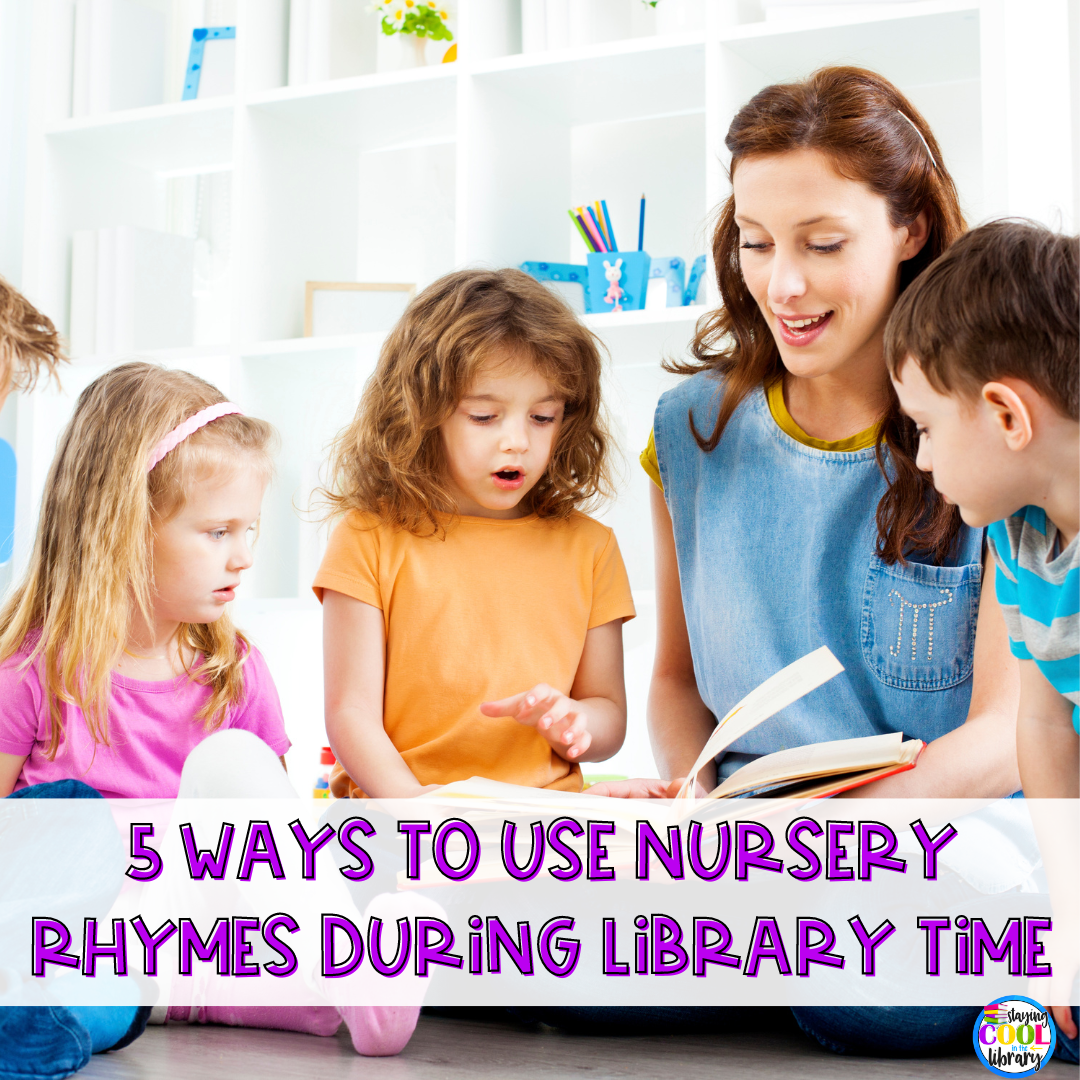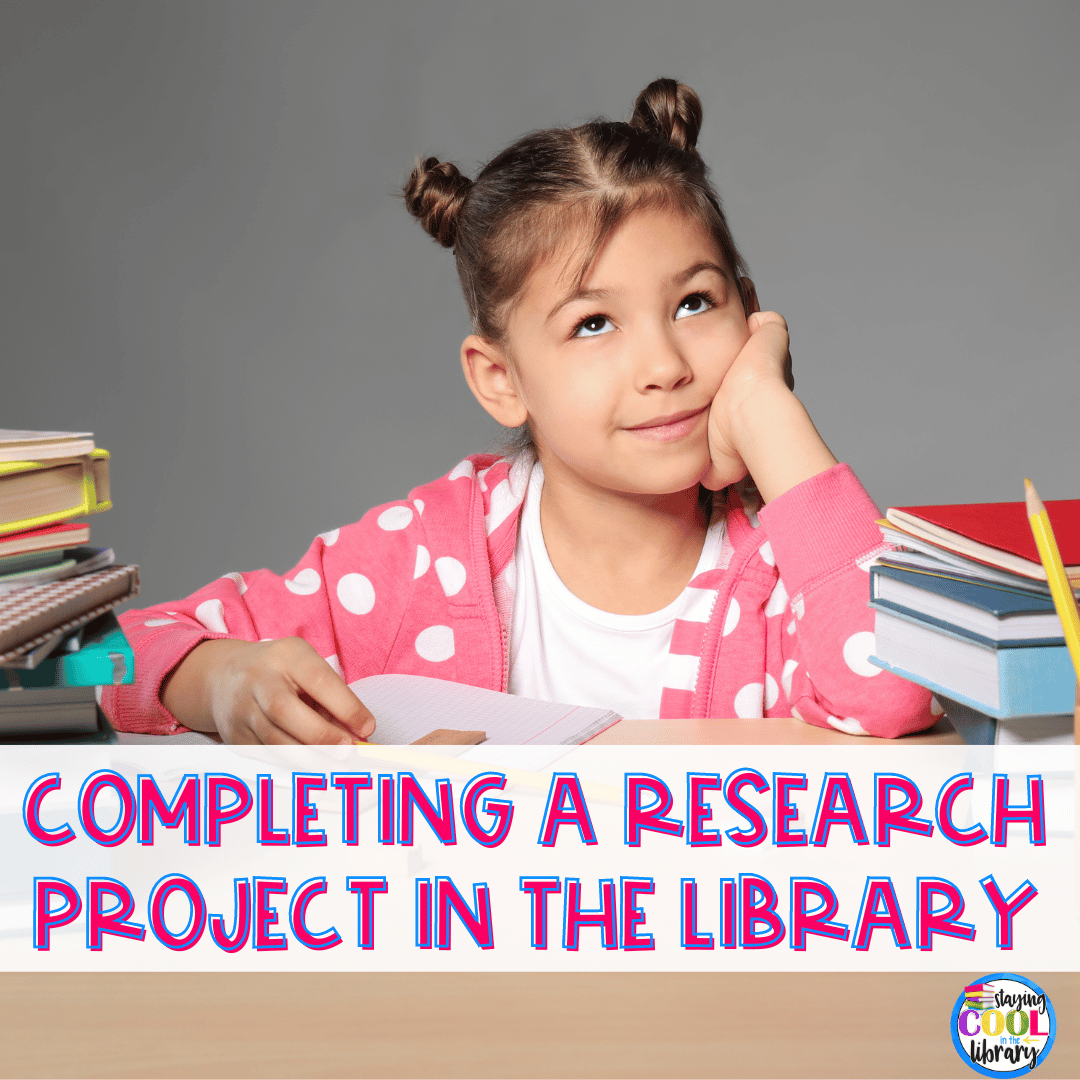Nursery rhymes – the beloved lyrical stories of childhood. But there is so much more to these rhyming stories and songs than just entertaining children. These timeless rhymes and melodies are instrumental in laying the groundwork for literacy by introducing young learners to language patterns, rhythms, and rhyming structures. But the fun with nursery rhymes doesn’t stop there! We can continue to use nursery rhymes as the starting place for a variety of reading, language, and creative activities with students of all ages. Today, I’m thrilled to share with you how you can infuse the magic of nursery rhymes into your library sessions! Benefits of Using Nursery Rhymes Including nursery rhymes in our school libraries gives us a wealth of educational benefits that span early childhood development. There are the obvious benefits connected to pre-writing skills like learning to rhyme and developing an understanding of language structures. But the













